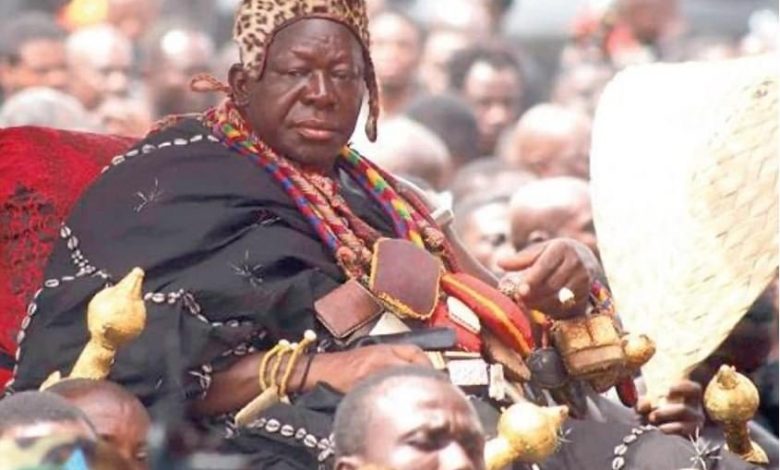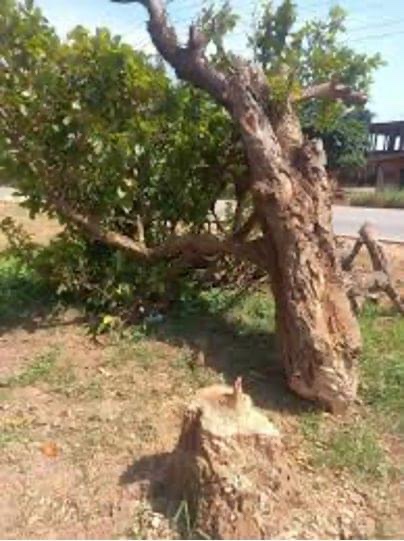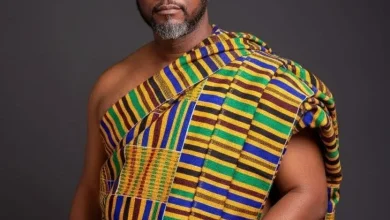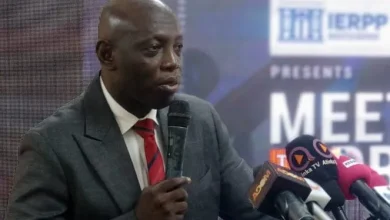THE SAGRENTI SAGA; Ashanti Remembers a Deadly Onslaught

Sagrenti. The name sounds good to those oblivious of meaning. That is why it was possible for a company in Ghana to call itself ‘Sagrenti Travel and Tours’ late 1990s. If you were a Ghanaian company, it was like giving yourself a suicidal name such as, ‘Doomsday Company Ltd.’ If the Company sought to target tourists without scruple from the British Empire, the name was good news: ‘Sagrenti was the war we waged to strip savages of their treasure.’
Any commemorative event about ‘Sagrenti War’ should trigger national grief with flags flying at half-mast. It was a brutal assault on the great Asante state in 1874; a nation ransacked; treasury looted, royal artefacts plundered; Kumasi set on fire; Manhyia fort and palace blown up; a ruthless slaughter of 40 communities within one Asante paramountcy. All this, the ‘proud’ handiwork of a marauding British army, led by 41-year old Sir Garnet Wolsely (Sagrenti in Asante lingo).
United Nations Conventions would have called it a crime scene! The war conventions refer to theft, looting, illicit trafficking of cultural property as a crime; it deprives a people of their history, causing irreparable damage to cultural heritage; and seeks to erase the memory and identity of entire peoples. But the Asante state does not easily buckle under a partial loss of gold and artefacts. The ‘Golden Stool’ in which the soul of Asante is embedded, eluded the search of the bandits; its purity remained.
February 8th 2024 was a tragic commemoration in Asante. Solemn, not flashy; doleful, not fanciful; a remembrance not a celebration. The Asante state was clad in mourning clothes, with a smattering of women standing at the margins. ‘Kuntunkuni Yawoda’ they call it: A special Black Thursday; but also a humbling experience: musketeers with guns across bare chest; men’s cloths lowered in deference; courtiers with swords drawn; the daunting glances of executioners, teeth clenched; sub chiefs clad in grief wear. Otumfuor himself battle ready in military head gear wrapped in leopard skin, rocking gently in rare funeral clothing with white trimmings. ‘Beso me hwe’ is the name of the motif; it cautions lurking enemies not to dare! Strewn around his neck was a bundle of ancient beads enough to ignite flaming eyeballs. A rare funeral scene and a virtual call to war.
The tragedy commemorated took place in 1874, 150 years ago; and that Thursday was earmarked for heritage retrieval and healing: the return of portions of cultural heritage gleefully plundered. While a greater part would be returned later by Britain, this curtain raiser was from the Fowler Museum at the University of California Los Angeles, USA. Seven pieces of looted artefacts had been brought by a special delegation from the Museum that acquired these from a generous art collector, who in his will donated several pieces to the museum, including the Asante spoils. The historic transfer was facilitated by a Ghanaian professor and colleague at Tufts University in Massachusetts, Prof Kwasi Ampene also a fellow of Ghana Academy of Arts and Sciences. Kwasi had done intensive work on Manhyia court music, and helped to identify the artefacts’ origins. The Fowler delegation was led by Sylvia Formi, Director of the Museum; Erica Jones, and Reachel Raynor. A day earlier, a symposium on the War had been held by a blend of scholars from Ghana and England, including Tom McCaskie, historian and Head of the Centre for West African Studies, University of Birmingham, which had hosted me in 1994 on a six-month Cadbury Fellowship.
Late 1992, something unusual happened in Ghana on the blind side of many. One Lord Anthony Gifford, a member of the English House of Lords, and Nephew of Sir Garnet Wolseley (Sagrenti) came to Ghana on the wings of PANAFEST, the Pan African Historical Festival. His mission was to apologise to Ghana for his uncle’s 1874 expedition against the Asante Empire, a ‘successful’ venture which earned him several national honours back home. Lord Gifford was aware of the spiritual and cultural damage inflicted on Asante in the two month campaign, and came to say ‘we are sorry.’ Earlier in 1990, the same Lord Gifford disturbed by his uncle’s mindless act, had gone directly to Manhyia to make a formal apology to Otumfuor Opoku Ware. I admired Gifford’s moral courage and respect for the people of Ghana; I was unwilling though to forgive and forget the looting of Asante tangible heritage.
The commemoration was an important landmark, but not for Asante alone. There have been several Sagrentis in our midst here in Ghana, the gradual pillaging of rare artistic treasure, and our collusion in giving them away for a pittance.
But lest I forget. Let’s be reminded of the willful damage done to Asante eco-heritage; I refer to the mystery cola tree planted 300 years ago by the legendary Asante priest, Okomfo Anokye, which was vandalized in 2022. It’s time to rethink the careless handling of our precious heritage. If the Okomfo Anokye tree felled by an eco-arsonist has mysteriously bounced back, let the Tourist Development Authority rise to the occasion and transform the site into a grand monument, before another Sagrenti terror visits Asante.

And please remember this. In 2011 during the Arab spring, both pro and anti-government forces momentarily put aside their guns, and held hands 24 hours a day, to protect the famous Egyptian museums and monuments which hold their unique heritage.
This was the most dramatic mode of resistance against the Sagrentis of this earth.
The Sagrenti saga; let’s join hands with the Asante, and refuse to forget!
Heritage Matters.
By Prof. Kwesi Yankah










